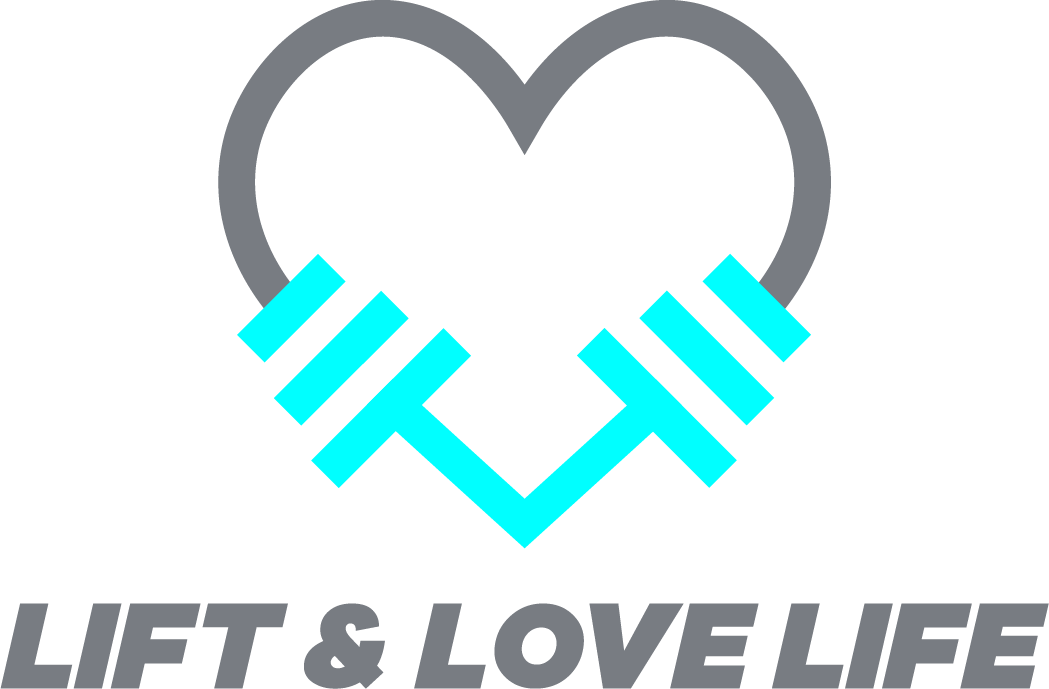During our team meeting last week, the topic of program design was brought up. “What is your go-to when laying out a program?” There was also a side discussion as to our titles if we were characters on Game of Throne. So I have to thank Brian "Bmurr" Murry of House Brosville, Ruler of the Gainz Train, Lord of Pull Ups, and Lats of the Dragon, for bringing up the topic. I love talking shop, so this got the juices flowing and inspired this week’s blog.
When it comes to designing a program, there are countless different philosophies, but based on my education background, and the 12 years I’ve spent in this business, I’ve found what I find works best. However, as I tell my clients, nothing is set in stone. The client’s needs and goals will dictate the structure of the program, as well as other factors. A person who can only train twice a week will have a completely different program than a person who can train four times a week.
Regardless, this is my basic workout layout, and I adjust as needed.
Soft tissue release
Foam roll, lacrosse ball, etc.
Can be client specific or general, it is completely dependent on the need. I always recommend lacrosse balling the arches, and a total body foam roll, at the very least.
Dynamic warm up
Assuming the client has no limitations, my dynamic warm up begins as follows:
Lateral squats
Kneeling hip flexor stretch
Elbow to instep
Sumo squat toe touch.
I always start with those 4, in that order. I want the hips open before moving down the chain.
Activation
Rapid response (neural activation)
Prehab – specific activation drills needed to prevent pain and/or aid in recovery from on injury.
Glute and core activation
Plyometrics or Olympic lifts
You always want the most neurally demanding movements first.
When programming Olympic lifts, I will give a second warm up, if you will, to reinforce mechanics, before going into the actual lift.
RDL - light weight, 2-3 sets
Front squat (if cleaning) - light weight, 2-3 sets
OH squat (if snatching) - light weight, 2-3 sets
High pull, light to moderate weight, 2-3 sets
Primary lift(s)
The main focus of the workout. This is where I program the “big” lifts; bench, squats, pull ups, and deadlift variations.
I will often pair this with another release or activation movement.
Secondary supersets
Following the primary lift(s) I will give 2 secondary supersets of 2-3 movements, typically complementing the primary lift.
Accessory work
This is where the vanity work comes in, or if clients are looking for variety, fun, etc.
Finisher
Depending on the goal.
There you have it; my basic workout layout, but almost every program I create looks just a little bit different than the last. It all depends on the goal of the workout, and the overarching goal of the program.
So, what does this baby look like in action?
1. Soft tissue release and dynamic warm up (see above).
2. Activation – rest as little as possible.
Scap push up – kneeling 2x15
Plank 2x:30
Clamshells 2x30 ea
3. Primary lift – no rest between exercises, rest 60 seconds between rounds.
Barbell deadlift 1x10, 1x8, 1x6, 1x15
Banded monster walks 4x20 ea
4. Secondary – rest 30 seconds between exercises, 60 seconds between rounds.
Superset 1:
Lat pulldown 3x10-12
1-leg RDL 3x10 ea
Superset 2:
Push up 3x AMRAP
Glute bridge – weighted (DB/BB) 3x20
5. Accessory – rest 30 seconds or less between exercises and rounds.
90/90 bicep curls 3x15 ea
Ab rollout 3x10
Tricep press down 3x15
6. Finisher – Perform 10-20 kettlebell swings at the top of the minute, every minute. The remaining time in that minute is your rest. Perform 5-10 sets.
Try using this layout to create a program for yourself, and feel free to share; I’m always here to help.
XOXO –
Jules













